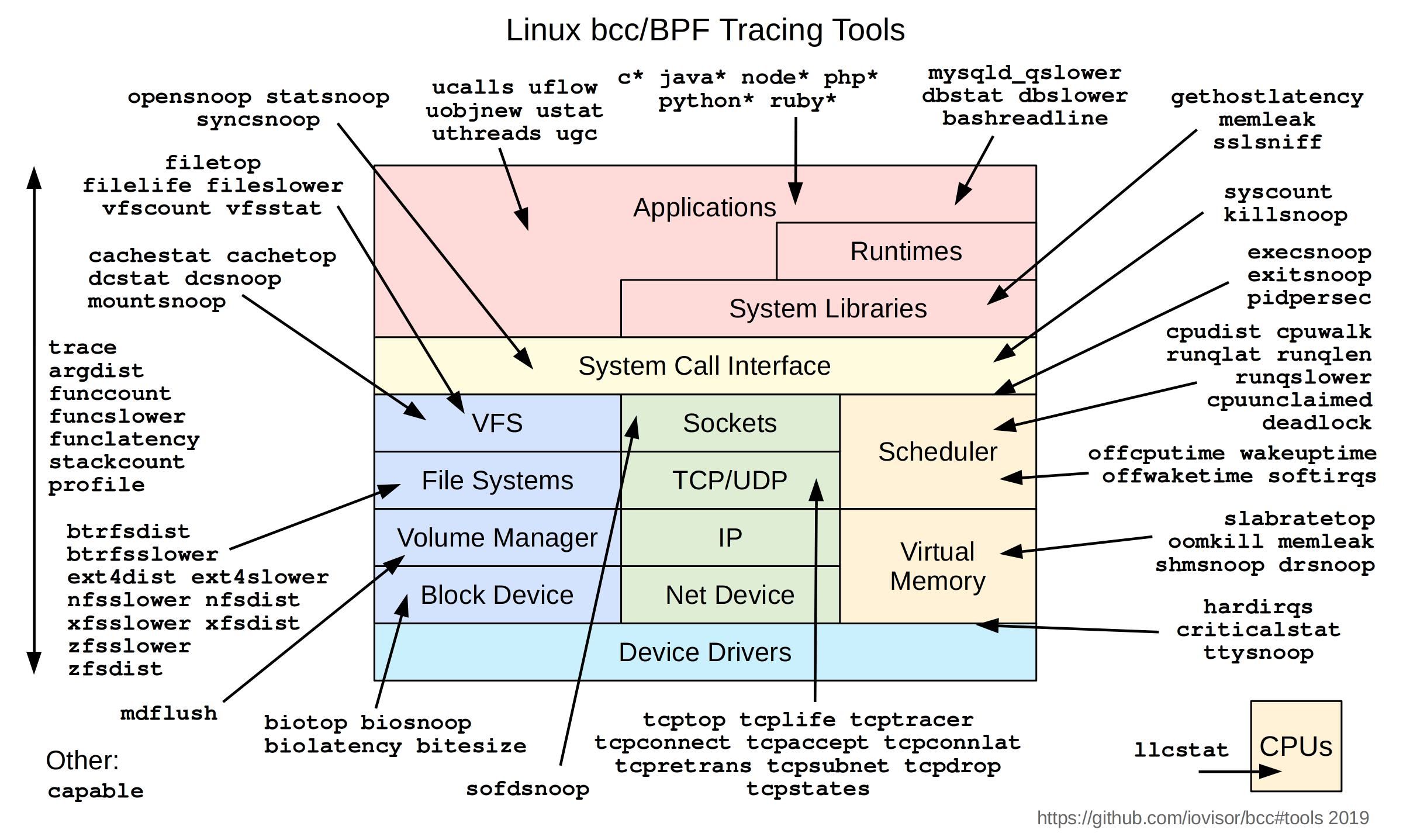What is eBPF?


eBPF (extended Berkeley Packet Filter) is arguably the most groundbreaking technology in the Linux ecosystem today. Initially designed for filtering network packets, eBPF has grown into a powerful and versatile tool that provides deep insights into system behavior—without requiring complex changes or introducing performance overhead. Whether you’re troubleshooting application performance, tracing a network issue, or enhancing security, eBPF unlocks a new level of visibility into what's happening at the core of your systems.
eBPF Overview
At its core, eBPF allows custom programs to be executed directly within the Linux kernel, without needing to alter kernel code itself. This gives developers, operators, and security professionals the ability to monitor, trace, and even tweak system behavior at a granular level—such as network traffic, system calls, or file operations—while maintaining system performance and stability.
What makes eBPF so useful is how it’s designed for safety and efficiency. Traditional kernel modules come with risks, including system crashes if something goes wrong. But with eBPF, programs are verified to be safe before execution, meaning they can’t cause instability. Even better, these programs can be run without recompiling the kernel or rebooting the system, making eBPF a non-disruptive, highly valuable tool.
How Does eBPF Technology Work?
Terms & Concepts
Before we dive into how eBPF works, here are a few important terms:
- BPF Maps: Storage spaces that eBPF programs can use to store and share data, such as metrics or system statistics.
- Tracepoints: Hooks within the Linux kernel where eBPF programs can be attached to monitor specific events like system calls.
- Probes (kprobes and uprobes): Tools that let you attach eBPF programs to kernel or user-space functions to trace events as they happen.
- Helpers: Special kernel functions that eBPF programs can call to interact with system elements safely and efficiently.
eBPF Programs
So, how does eBPF actually operate? It starts with small, efficient programs typically written in C, which are then compiled into a specialized bytecode. This bytecode is loaded into the kernel, attaching to key system events like a packet entering the network or a system call being made. Once the event occurs, the eBPF program springs into action.
Before an eBPF program runs in the kernel, it is validated by the "verifier," a built-in mechanism that ensures the program is safe to execute. Once verified, the program can run in real time, performing its task without impacting system performance. It’s like adding new functionality to the system, in real-time, without any risk of crashes or inefficiency.

Benefits of eBPF
What makes eBPF so powerful is its ability to provide in-depth system insights without interfering with performance. By running within the kernel, eBPF can hook into nearly every part of the system, allowing teams to see what's happening in real-time, from monitoring network traffic to tracing application behavior.
It’s also incredibly flexible. You can trace network packets, enforce security policies, and even modify system behavior in real time. And it’s all safe thanks to its sandboxing and verification steps.
eBPF Use Case Examples
The flexibility of eBPF has made it essential for a wide range of use cases:
- Networking: eBPF started in network filtering and remains one of the best tools for monitoring packet flows, analyzing traffic, and even implementing load balancing or DDoS protection with minimal performance impact.
- System Monitoring: Tools like bcc and bpftrace use eBPF to provide real-time system insights—whether it’s CPU usage, memory access, or disk I/O patterns.
- Security: eBPF can monitor for unusual system calls or suspicious network activity, helping detect and stop potential security threats before they escalate.
Container Monitoring: In containerized environments like Kubernetes, eBPF can offer detailed monitoring of traffic flows, resource usage, and application performance, helping ensure smooth operations.
Qpoint and eBPF
Enter Qpoint. As modern applications increasingly depend on external services, monitoring and securing the flow of data between your systems and their external dependencies has become crucial. This is another area where eBPF truly shines—providing the ability to track external API calls, inspect payloads, and detect errors in real-time.
With eBPF, you can capture data at the kernel level, offering unprecedented visibility into unencrypted payloads and insights into how your applications interact with external systems. This includes detecting errors or anomalous behavior early to avoid outages, troubleshooting external service issues faster, and even reducing cloud costs by analyzing traffic patterns. eBPF allows all of this to happen without any modification to your application code, maintaining system performance while providing the deep insights you need to optimize your operations.
Conclusion
In the fast-evolving world of Linux observability, performance tuning, and security, eBPF is a powerful tool that unlocks unparalleled access to what’s happening inside your system. Whether you’re a developer, an operator, or a security professional, eBPF provides the versatility, safety, and efficiency needed to keep modern systems running smoothly and securely.
Schedule a demo with a Qpoint solution engineer today, to see how eBPF can be a game changer for your highly connected production applications.